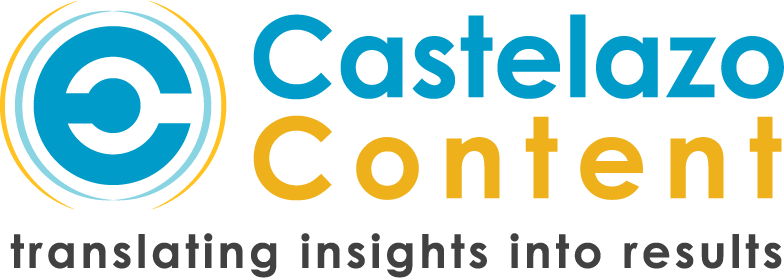
Content Development as Storytelling
One of the most important keys to content development is creating content that is engaging. Thinking of content development as a form of storytelling is a very effective way to optimize engagement.
3 steps to content development as storytelling:
1. Tell a story
Just like any other story, your content should have a strong beginning, middle, and end. The first sentence, the first paragraph, the first page should draw your audience in; the middle should provide the relevant, valuable insight; and the end should offer, in context, actionable advice.
It can feel tricky to craft your content into a story; but it is possible! For example, we were tasked with writing a white paper on the euro zone crisis for a client that develops currency risk management software. We crafted the white paper around a narrative, talking about how the crisis began, what the source of currency volatility associated with the crisis is, how and why that volatility will increase, and what the reader can do about it. It was a story with a beginning, middle, and end and it was an incredibly effective white paper for the client; many times more effective than any other. Readers could really relate to the information it and engage with it because it was within the context of this story.
2. Relate to your audience on an emotional level
By connecting to your audience on an emotional level you are deepening their bond with the subject and in turn making it more effective. Take the same client, for example. Their audience consists of CFOs and treasurers, and sometimes CEOs. Currency risk has had a tremendous (100’s of millions of dollars) impact on individual companies. In fact, CFOs and treasurers have lost their jobs because they don’t manage their currency risk appropriately. So when we talk to the client’s prospects we tell them “This is important, this is something your counterparts have lost their jobs over.” And we show them the proof. In that way the emotion that we are using to connect with them is fear (which you should leverage only with purpose and caution).
3. Engage
You’re crafting a narrative that you’re using to draw in the prospect and, eventually, implicitly sell them on your product or service. In the consumer space, companies engage their audiences with sex, catchy phrases or jingles, or comedy; your options are obviously more limited in B2B content marketing. For us, because most of the material we create is technical, we have to really get creative to be engaging. But again, it is possible – and it’s crucial in bridging the gap between our client and their prospects.
For most marketers, thinking of content creation as storytelling is a significant change in perspective. Many marketers get so wrapped up in the technicality of their material that they forget how to meet people eye-to-eye, human-to-human. I hope these three steps will help you become a better storyteller – and marketer.
Until next time, happy writing storytelling!


Sorry, the comment form is closed at this time.